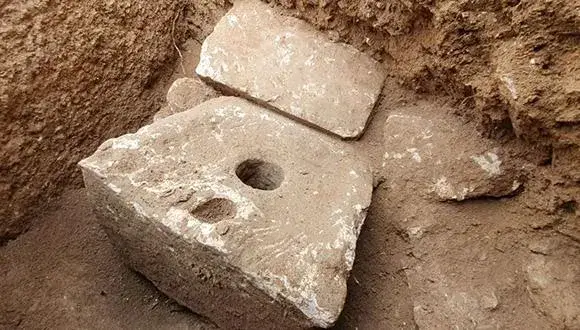Intestinal worm eggs discovered in toilets from that period reveal that the upper class also suffered from infectious diseases due to poor hygiene conditions

From kindergarten age we memorize how important it is to maintain hygiene to protect our health. Various disinfectants have occupied a place of honor in every bathroom and bathroom for many years. But what did they do thousands of years ago? It is not surprising to hear that the conditions of hygiene and sanitation were poor even in wealthy homes and led to morbidity. A new study by Tel Aviv University and the Israel Antiquities Authority has revealed the remains of eggs (dead) of intestinal worms about 2,700 years old under a stone toilet, in a magnificent private mansion. According to the researchers, the stone toilet was in the “comfort” room of the owners of the estate and the presence of the worms indicates that the wealthy residents of Jerusalem at that time also suffered from contagious diseases with symptoms of abdominal pain and diarrhea and may even cause nutrition and developmental delay in children. did not maintain hygiene and became infected with parasites
The study was conducted under the leadership Dr. Alkov












